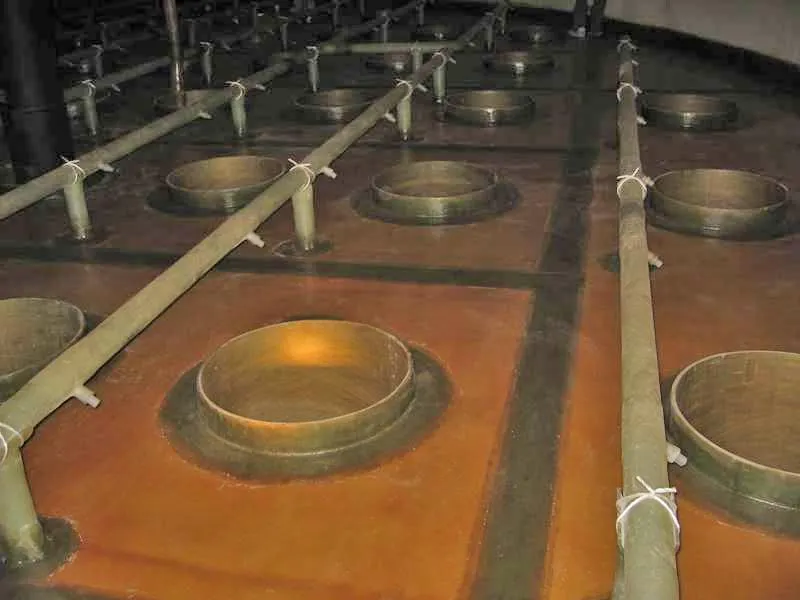
-
 Afrikaans
Afrikaans -
 Albanian
Albanian -
 Amharic
Amharic -
 Arabic
Arabic -
 Armenian
Armenian -
 Azerbaijani
Azerbaijani -
 Basque
Basque -
 Belarusian
Belarusian -
 Bengali
Bengali -
 Bosnian
Bosnian -
 Bulgarian
Bulgarian -
 Catalan
Catalan -
 Cebuano
Cebuano -
 China
China -
 China (Taiwan)
China (Taiwan) -
 Corsican
Corsican -
 Croatian
Croatian -
 Czech
Czech -
 Danish
Danish -
 Dutch
Dutch -
 English
English -
 Esperanto
Esperanto -
 Estonian
Estonian -
 Finnish
Finnish -
 French
French -
 Frisian
Frisian -
 Galician
Galician -
 Georgian
Georgian -
 German
German -
 Greek
Greek -
 Gujarati
Gujarati -
 Haitian Creole
Haitian Creole -
 hausa
hausa -
 hawaiian
hawaiian -
 Hebrew
Hebrew -
 Hindi
Hindi -
 Miao
Miao -
 Hungarian
Hungarian -
 Icelandic
Icelandic -
 igbo
igbo -
 Indonesian
Indonesian -
 irish
irish -
 Italian
Italian -
 Japanese
Japanese -
 Javanese
Javanese -
 Kannada
Kannada -
 kazakh
kazakh -
 Khmer
Khmer -
 Rwandese
Rwandese -
 Korean
Korean -
 Kurdish
Kurdish -
 Kyrgyz
Kyrgyz -
 Lao
Lao -
 Latin
Latin -
 Latvian
Latvian -
 Lithuanian
Lithuanian -
 Luxembourgish
Luxembourgish -
 Macedonian
Macedonian -
 Malgashi
Malgashi -
 Malay
Malay -
 Malayalam
Malayalam -
 Maltese
Maltese -
 Maori
Maori -
 Marathi
Marathi -
 Mongolian
Mongolian -
 Myanmar
Myanmar -
 Nepali
Nepali -
 Norwegian
Norwegian -
 Norwegian
Norwegian -
 Occitan
Occitan -
 Pashto
Pashto -
 Persian
Persian -
 Polish
Polish -
 Portuguese
Portuguese -
 Punjabi
Punjabi -
 Romanian
Romanian -
 Russian
Russian -
 Samoan
Samoan -
 Scottish Gaelic
Scottish Gaelic -
 Serbian
Serbian -
 Sesotho
Sesotho -
 Shona
Shona -
 Sindhi
Sindhi -
 Sinhala
Sinhala -
 Slovak
Slovak -
 Slovenian
Slovenian -
 Somali
Somali -
 Spanish
Spanish -
 Sundanese
Sundanese -
 Swahili
Swahili -
 Swedish
Swedish -
 Tagalog
Tagalog -
 Tajik
Tajik -
 Tamil
Tamil -
 Tatar
Tatar -
 Telugu
Telugu -
 Thai
Thai -
 Turkish
Turkish -
 Turkmen
Turkmen -
 Ukrainian
Ukrainian -
 Urdu
Urdu -
 Uighur
Uighur -
 Uzbek
Uzbek -
 Vietnamese
Vietnamese -
 Welsh
Welsh -
 Bantu
Bantu -
 Yiddish
Yiddish -
 Yoruba
Yoruba -
 Zulu
Zulu
High Temperature Applications of Fiberglass Products for Durability and Performance
Fiberglass Products for High Temperature Applications
In an era where efficient materials play a crucial role in industrial applications, fiberglass has emerged as a prominent solution for high-temperature environments. This composite material, made from fine strands of glass, is renowned for its exceptional thermal stability, lightweight nature, and remarkable strength, making it an ideal candidate for various high-temperature applications across different industries.
Understanding Fiberglass
Fiberglass, or glass-reinforced plastic (GRP), is produced by weaving together glass fibers and embedding them in a resin matrix. This combination results in a material that offers both flexibility and strength. One of the standout features of fiberglass is its ability to withstand significant temperature fluctuations without compromising its structural integrity. While traditional materials may warp, melt, or become brittle under extreme heat, fiberglass maintains its form and functionality.
High-Temperature Resistance
One of the most notable properties of fiberglass is its thermal resistance. Standard fiberglass products can typically withstand temperatures up to 260°C (500°F), while specialized formulations, such as those incorporating high-performance resins, can endure temperatures as high as 600°C (1112°F). This resilience makes fiberglass suitable for industries such as aerospace, automotive, and energy, where high-performance materials are critical.
Applications in Various Industries
1. Aerospace Industry In the aerospace field, fiberglass is often used for insulation and structural components. Its lightweight nature contributes to overall weight reduction, which is a significant factor in aerospace design. Additionally, fiberglass panels provide excellent thermal insulation, protecting sensitive electronic equipment from extreme temperatures.
2. Automotive Sector The automotive industry utilizes fiberglass in engine compartments and exhaust systems due to its ability to withstand high temperatures and resist corrosion. The lightweight nature of fiberglass also translates to improved fuel efficiency, as lighter vehicles consume less energy.
fiberglass products for high temperature

3. Energy Sector In the energy industry, fiberglass is employed for insulation in power plants and geothermal applications. The ability to endure extreme heat while providing excellent insulation properties makes fiberglass an invaluable resource for maintaining energy efficiency and safety in such environments.
4. Manufacturing and Construction Fiberglass is also widely used in manufacturing and construction for its versatility. High-temperature furnaces often incorporate fiberglass insulation to minimize heat loss, while other applications include heat shields and thermal barriers in various industrial processes.
Advantages of Fiberglass in High-Temperature Applications
Fiberglass offers several advantages that make it a preferred choice over traditional materials
- Durability Fiberglass is inherently resistant to many chemicals and environmental factors, which contributes to its longevity in high-temperature applications.
- Weight Reduction Compared to metals and other traditional materials, fiberglass is significantly lighter, which can lead to better performance and efficiency in applications where weight is a critical factor.
- Cost-Effective While the initial investment in fiberglass products may be higher than some alternatives, the long-term savings associated with maintenance and longevity often make it a more economical choice.
Conclusion
As industries continue to seek materials that perform under extreme conditions, fiberglass stands out as a versatile and effective solution for high-temperature applications. With its unique blend of thermal resistance, lightweight design, and durability, fiberglass products are poised to play a significant role in the future of engineering and manufacturing. With ongoing research and development, we can expect even more innovative uses of fiberglass in environments that demand not only high performance but also sustainability and cost-effectiveness. Embracing such materials will ultimately lead to improved efficiency and safety across various sectors, making fiberglass a cornerstone in high-temperature applications.









